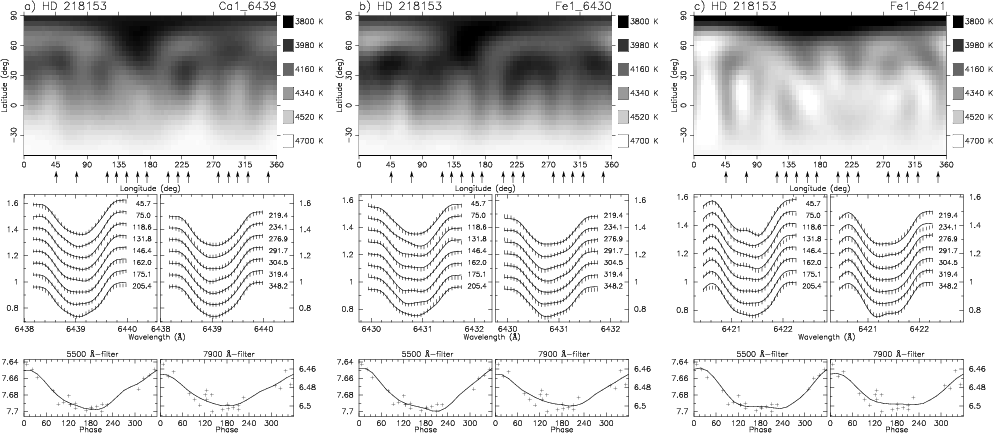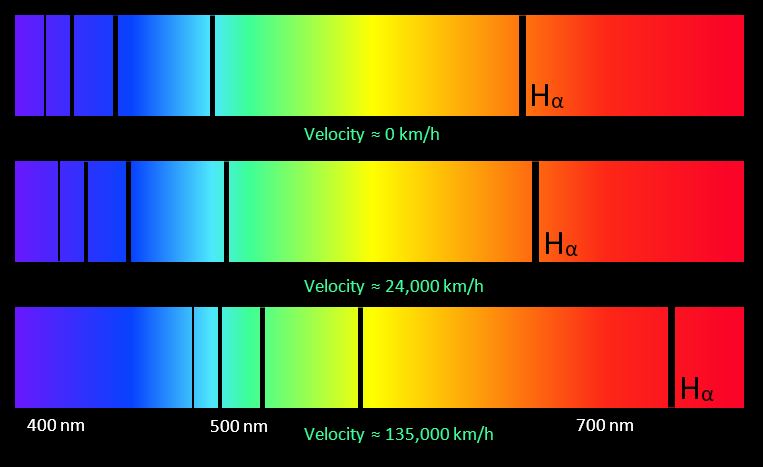

Such a short period means that the planet has a small orbital distance.

Https://wiki/File:The_radial_velocity_method_(artist%E2%80%99s_impression).jpg ĭoppler shifts of the star 51 Pegasi indirectly revealed a planet with 4-day orbital period. The Doppler shift can be used to detect an exoplanet based on its influence on the star's motion. Current techniques can measure motions as small as 1 m/s (walking speed!). This will cause periodic red and blue shifts in the star’s light output. As the star wobbles around the center of mass of the system, it will alternatively move toward the Earth and away from the Earth in regular intervals. This involves measuring a star's Doppler shift can tell us its motion toward and away from us.

Meanwhile, numerous exoplanets, including 51 Pegasi b, have been found using the Doppler technique. There is hope that astrometric techniques can find more exoplanets in the future. Date from the GAIA spacecraft as it makes precise measurements of the location and motion of the stars in our galaxy may help. As a result, few exoplanets have been detected using the astrometric technique. However, these tiny motions are very difficult to measure (~ 0.001 arcsecond). One technique to detect this motion is the astrometric technique, which we detect exoplanets by measuring the change in a star's position on sky. Looking at the solar system from a great distance, however, the motion caused by the orbit of Jupiter would be most detectable.Īstronomers looking at other stars searched for means to measure this motion to both infer the existence of exoplanets as well as determine their masses and orbit. The Sun's total motion around the solar system's center of mass depends on tugs from all the planets. Since the Jupiter is the most massive planet in our solar system, it exerts the largest wobble on the Sun of the planets. For example, as the Sun and Jupiter orbit around their common center of mass, the Sun wobbles around that center of mass with same period as Jupiter. The more massive the planet, the larger the stellar wobble. Because stars are much more massive than planets, a star will only make a tiny “wobble” around the center of mass while the planets make large orbits. A Newton demonstrated, planets and their host stars orbit around their common center of mass. The first successful methods in exoplanet detection involved looking for signs of the planets exerting gravitational tugs on their host stars. In contrast, indirect involve making measurements of stellar properties revealing the effects of orbiting planets on the motion of parent star. In direct methods, astronomers find images or spectra of the planets themselves. Searches for exoplanets fall into two categories.


 0 kommentar(er)
0 kommentar(er)
